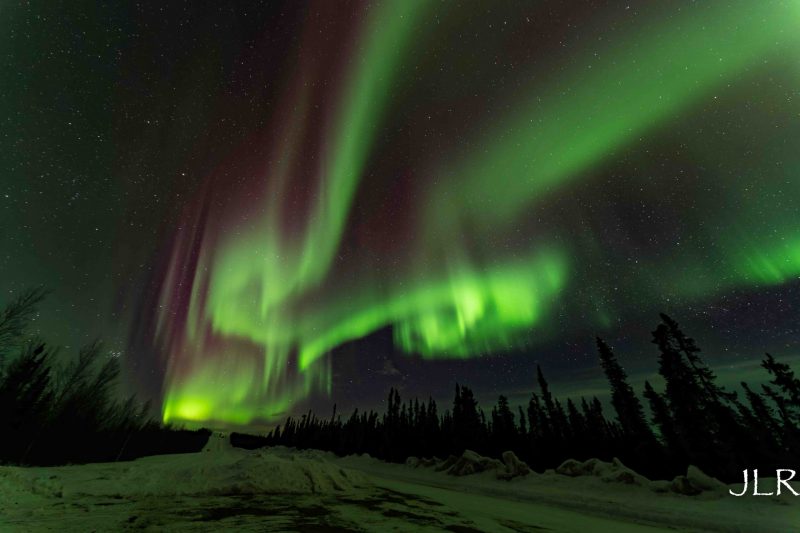
Hearing the aurora when you can’t see it
Unto K. Laine of Aalto University has been studying the sounds of the aurora for years. As an acoustic engineer in Finland, Laine has made recordings of auroral noises – which sound like pops and cracks – even in the absence of visible northern lights. On January 25-26, 2022, Laine recorded four hours of sound during a period of moderate geomagnetic activity outside the town of Fiskars in Finland.
Laine presented the paper with his findings on May 11, 2022, at the Euroregio/BNAM2022 Joint Acoustics Conference in Aalborg, Denmark.
During a January evening of moderate geomagnetic activity, the northern lights did not appear, yet Laine recorded hundreds of candidate auroral sounds. The sounds occurred during an event with temperature profiles that match Laine’s earlier theory of how auroral sounds form. In 2016, he published a paper that linked the aurora with cracking and popping sounds. Laine’s theory is that the sounds result from electrical discharges across a temperature inversion layer about 230 feet (70 meters) above the ground.
Laine compared the recordings with the Finnish Meteorological Institute’s measurements of geomagnetic activity for the same time and found a strong correlation. The 60 best candidate sounds were all linked with changes in the geomagnetic field. The statistical analysis suggests a causal link between geomagnetic fluctuations and auroral sounds. Laine said:
Using the geomagnetic data, which was measured independently, it’s possible to predict when auroral sounds will happen in my recordings with 90% accuracy.
Listen to the auroral sounds
Those who live in areas closer to the auroral oval and where geomagnetic activity is stronger have a chance to listen for these sounds themselves, whether or not visible auroras are present. Laine said:
This cancels the argument that auroral sounds are extremely rare and that the aurora borealis should be exceptionally bright and lively.
Laine was surprised by his findings that the sounds were present without the visible aurora:
That was the largest surprise! The sounds are much more common than anyone thought, but when people hear them without visible aurora, they think it’s just ice cracking or maybe a dog or some other animal.
Listen to the sounds of the aurora. Unto K. Laine from Aalto University says you can hear sounds of the aurora even when the aurora isn't visible.https://t.co/Fau6K7Q27a
— Kelly Kizer Whitt (@Astronomommy) May 18, 2022
Bottom line: A researcher recorded sounds of the aurora during moderate geomagnetic activity even when there was no aurora visible.











